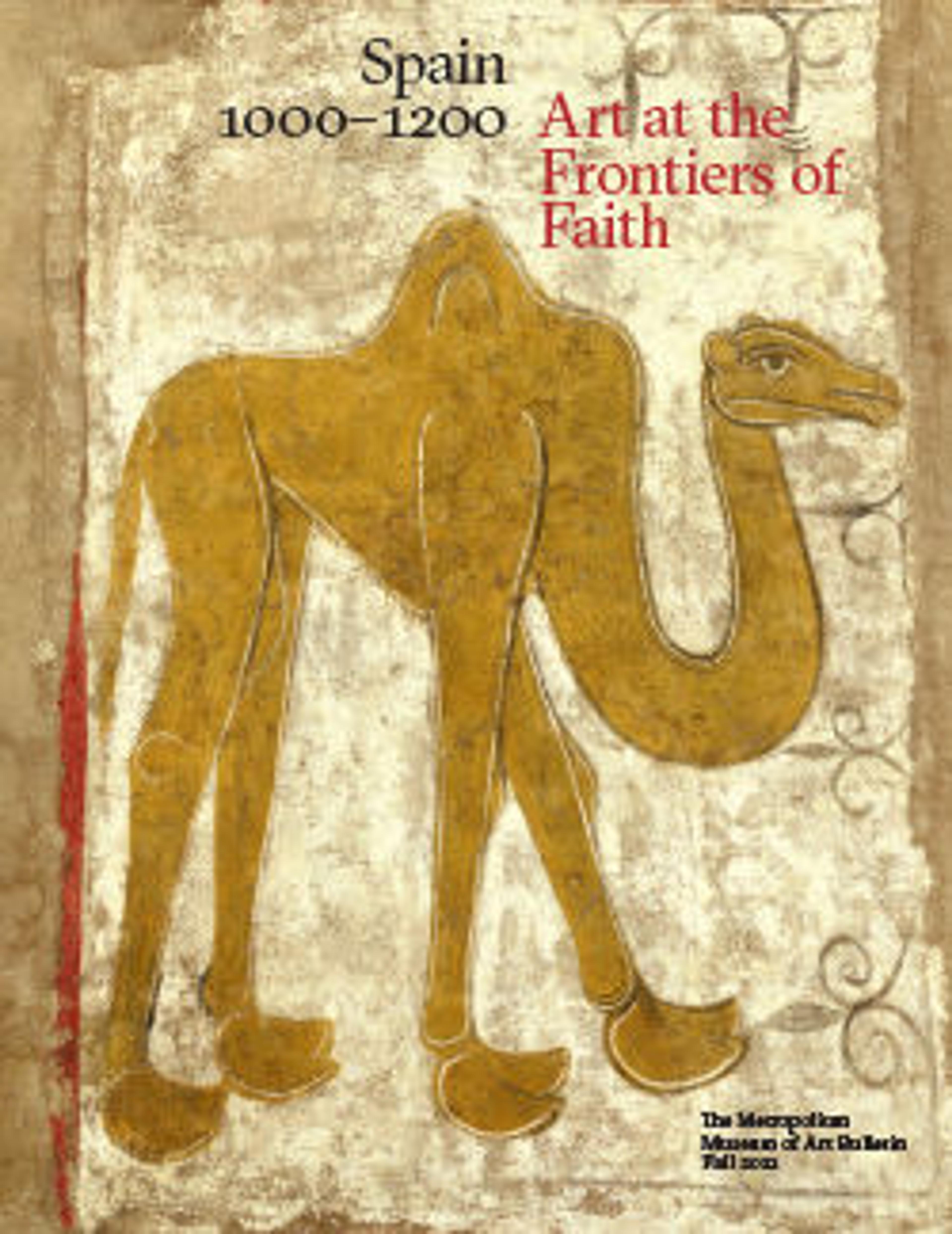Lion Relief
Medieval Christians often commissioned church decorations that, in addition to their faith, expressed their sense of community identity and civic pride. This sculpture was originally placed next to the main entrance of the parish church of San Leonardo in the Spanish city of Zamora. It depicts a massive, grimacing lion trampling a serpentine dragon, a subject chosen not only for its symbolism of triumph over sin—suggesting Christ vanquishing the devil—but also because the word leo, "lion" in Latin, plays on the name of the church’s patron saint. The spiritual guide and protector of this parish community as well as the patron saint of all prisoners, Saint Leonard himself is depicted above the lion’s head, freeing two chained captives in the company of Christ (now headless), the Virgin Mary, and an angel. Yet Leonard’s namesake, the lion, became the figurehead for this parish community. In addition, the sculpture’s distinctive architectural frame evokes the scallop-patterned cupola of Zamora Cathedral, the spiritual heart of the city, and links the parish to the diocesan seat.
Artwork Details
- Title: Lion Relief
- Date: ca. 1200
- Geography: Made in Zamora, Castile-León, Spain
- Culture: Spanish
- Medium: Sandstone with traces of paint
- Dimensions: 84 × 36 in. (213.4 × 91.4 cm)
Depth from wall: 16 3/4 in. (42.5 cm) - Classification: Sculpture-Ceramics
- Credit Line: Purchase, Joseph Pulitzer Bequest, 1916
- Object Number: 16.142
- Curatorial Department: Medieval Art and The Cloisters
More Artwork
Research Resources
The Met provides unparalleled resources for research and welcomes an international community of students and scholars. The Met's Open Access API is where creators and researchers can connect to the The Met collection. Open Access data and public domain images are available for unrestricted commercial and noncommercial use without permission or fee.
To request images under copyright and other restrictions, please use this Image Request form.
Feedback
We continue to research and examine historical and cultural context for objects in The Met collection. If you have comments or questions about this object record, please contact us using the form below. The Museum looks forward to receiving your comments.
